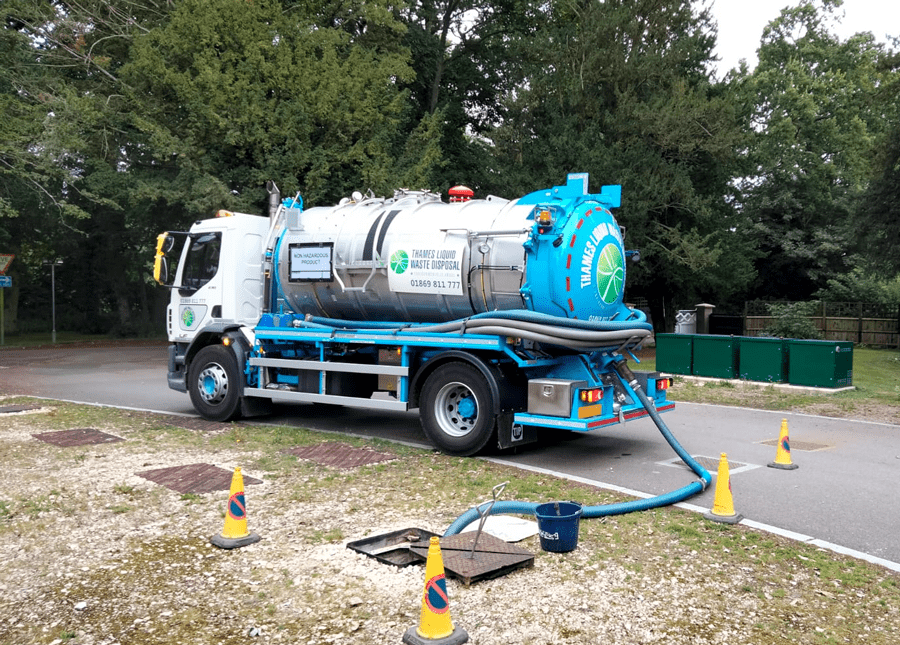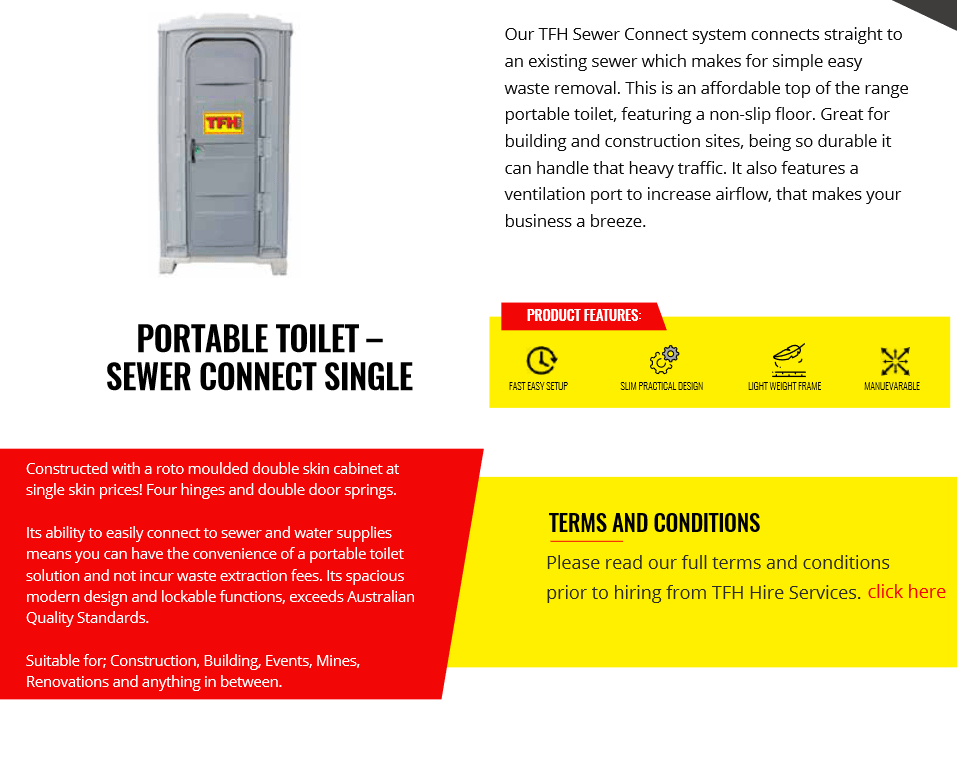Some Known Factual Statements About Reclaim Waste
Table of ContentsReclaim Waste for DummiesThe Reclaim Waste StatementsIndicators on Reclaim Waste You Should Know5 Simple Techniques For Reclaim WasteNot known Facts About Reclaim Waste
Explore the kinds, events, and kinds of liquid waste. Residential sewer waste describes the waste and products from a residential septic tank. This kind of waste is created by people in houses, colleges, and other structures. This only consists of septic tanks that have a drainpipe field. The proper monitoring and disposal of domestic sewer waste call for liquid waste to be moved to a sewage therapy plant where the proper approaches and devices are related to cleanse and take care of waste.
Commercial waste usually includes possible dangers, such as combustible products or a blend of fluid and strong waste items, and needs an extra sophisticated and in-depth disposal process. The disposal of business waste typically includes the filtration of waste prior to transportation to make sure secure and appropriate disposal. Industrial waste is created from by-products and runoff of industrial procedures and manufacturing.
This sort of waste can not use the exact same sewage monitoring transportation or procedures as septic or commercial fluids. The hazardous waste monitoring process requires the examination and testing of fluid waste before it undertakes the disposal process (industrial wastewater treatment). Drainage waste is the fluid waste that originates from drainage and excess stormwater in very booming areas or cities
Overflow waste can trigger contamination and flooding if not handled properly. Find out more about drain cleaning and waste monitoring. Guaranteeing proper waste management can prevent catastrophes and reduce environmental damage. Both individuals in residential settings and professionals in industrial or manufacturing industries can gain from comprehending the processes and policies of liquid waste administration.
The Main Principles Of Reclaim Waste
Call PROS Solutions today to discover our waste administration and disposal services and the proper means to care for the fluid waste you create.
(https://packersmovers.activeboard.com/forum.spark#comment-71317007)Do you know what occurs to your water when you disengage, purge the bathroom or drain pipes the cleaning device? No? Well, it deserves understanding. This supposed 'wastewater' is not just a vital resource however, after therapy, will be released to our land, rivers or the ocean. Utilized water from toilets, showers, bathrooms, kitchen sinks, washings and industrial processes is called wastewater.

water used to cool equipment or clean plant and devices). Stormwater, a form of wastewater, is overflow that moves from farming and urban locations such as roofings, parks, yards, roads, paths and seamless gutters into stormwater drains, after rain. Stormwater moves without treatment straight to regional creeks or rivers, eventually reaching the sea.
The Only Guide for Reclaim Waste
In Queensland, the majority of wastewater is dealt with at sewer therapy plants. Wastewater is moved from residential or industrial websites via a system of sewage systems and pump terminals, referred to as sewage reticulation, to a sewer therapy plant. Regional federal governments construct, keep and run most sewage therapy plants. Operators are licensed under the Environmental Management Act 1994 to discharge treated wastewater at an acceptable ecological requirement right into rivers.
The Division of Natural Resources encourages city governments about handling, operating and keeping sewage systems and treatment plants. In unsewered locations, regional federal governments may require owners to mount private or home sewer therapy systems to treat residential wastewater from commodes, kitchen areas, restrooms and laundries. The Division of Natural Resources authorises making use of family systems when they are shown to be efficient.
In some new communities, treatment of some stormwater to remove clutter, my response sand and gravel has actually begun utilizing gross contaminant traps. Wastewater therapy occurs in 4 phases: Eliminates strong matter.
Makes use of tiny living microorganisms recognizes as micro-organisms to break down and eliminate staying dissolved wastes and fine fragments. Micro-organisms and wastes are integrated in the sludge.
An Unbiased View of Reclaim Waste
Nutrient elimination is not readily available at all sewer therapy plants because it requires pricey specialized tools. Clear fluid effluent created after therapy might still contain disease-causing micro-organisms - liquid waste disposal melbourne.

This normally implies wastewater needs to be dealt with or impurities eliminated prior to it can be released to waterways. A lot of wastewater moves into the sewage system. Under the Act, city governments carry out authorizations and licences for ecologically relevant tasks (Ages) involving wastewater launches that may have a local influence. The department administers authorizations and licences to Ages involving wastewater launches that might have a regional or statewide impact.
Not known Facts About Reclaim Waste
Surveillance provides factual info concerning water top quality and can validate that permit conditions are being met. The information obtained through tracking offers the basis for making water high quality choices.